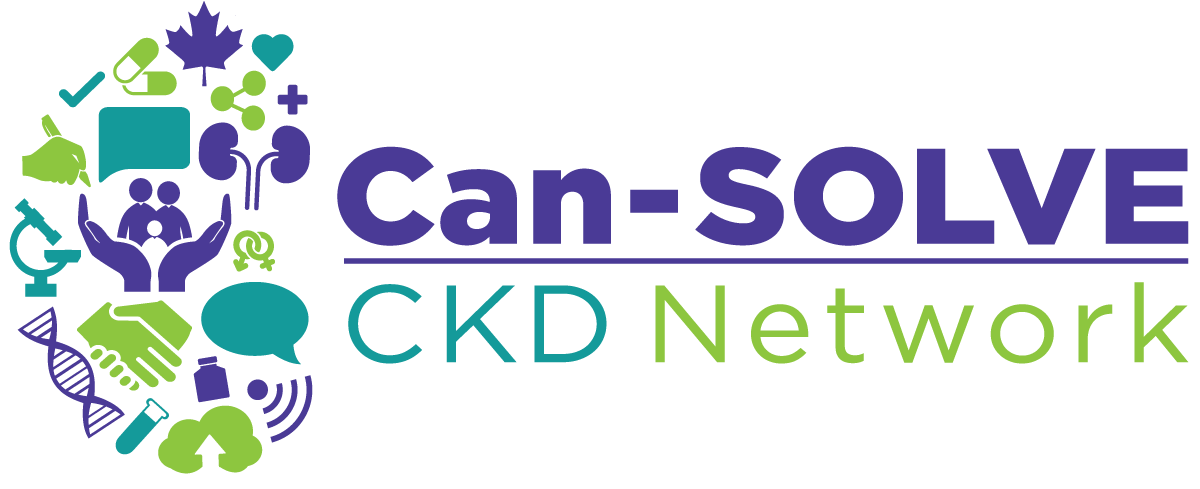Abstract
When multiple living donor candidates come forward to donate a kidney to the same recipient, some living donor programs evaluate one candidate at a time to avoid unnecessary evaluations. Evaluating multiple candidates concurrently rather than sequentially may be cost-effective from a societal perspective if it reduces the time recipients spend on dialysis. We used a simple decision tree to estimate the cost-effectiveness of evaluating two to four candidates simultaneously rather than sequentially as potential kidney donors for the same intended recipient. Evaluating two donor candidates simultaneously cost $1,266 (CAD) more than if they were evaluated sequentially, but living donation occurred one month earlier. This translated into $6,931 in averted dialysis costs and a total cost-savings of $5,665 per intended recipient. Simultaneous evaluations also resulted in one percent more living donor transplants and overall gains in quality-of-life as recipients spent less time on dialysis. If recipients were free from dialysis at the start of donor candidate evaluations, simultaneous evaluations also reduced the rate of dialysis initiation by two percent. Benefits were also observed in the three- and four-candidate scenarios. Thus, living donor programs should consider evaluating up to four living donor candidates simultaneously when they come forward for the same recipient as health care system costs incurred are more than offset by avoided dialysis costs.
Habbous S, Barnieh L, Klarenbach S, Manns B, Sarma S, Begen MA, Litchfield K, Lentine KL, Singh S, Garg AX
Kidney International
Published 2020
Research Project: Living Donor
Connect with us!
Subscribe to learn more about what we do, why it matters, and how you can get involved!




